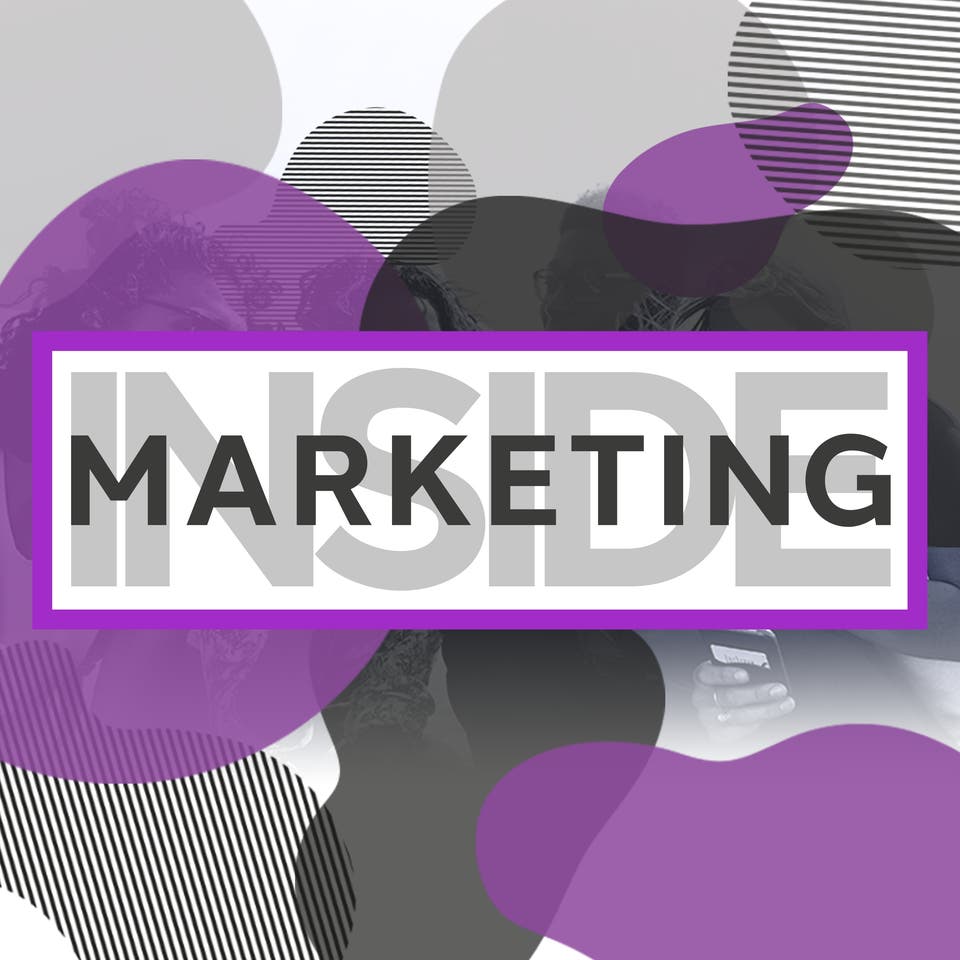The Long-Term Value of Brand Building
Instinctively every marketer and business leader knows that strong brands deliver better business results. According to an IPA/FT survey, 83% of global C-Suite business leaders fundamentally believe in the power of brands to deliver to the bottom line. But whatever about instinct, there’s also a large body of hard evidence to suggest that long term brand-building efforts make good business sense.
But yet, most marketing today remains stubbornly focused on the short term. A report from media research company Enders Analysis found that 70% of all growth in UK advertising over the past 15 years has come from direct response campaigns and the picture is likely to be similar here in Ireland.
We’ve become overly focused on digital
Much of the reason for this lies in how media consumption has changed over the past decade or so. A proliferation of digital channels has led to a more fragmented media market, with advertisers naturally following audiences. And as brands have increasingly focused on digital channels, we’ve become hooked on the instant results that these digital channels provide, optimising continuously to deliver short-term impact. Add to this, the pressure on businesses to deliver faster, short term results and to quantifiably prove the value of marketing efforts, it’s easy to understand the change in focus. In tandem, reporting cycles have contracted considerably. Whereas in the past we evaluated advertising success over a six to twelve-month period or longer, today, we judge success in terms of a week, a month, or at best a quarter, changing tactics and messages frequently to ensure we deliver on short term goals. And budget priorities have followed suit.
Unfortunately, however, lots of short-term activation initiatives don’t ultimately add up to overall long-term brand impact and a focus on short term activation often comes at the expense of the returns from longer-term brand building.
Les Binet and Peter Field’s work on marketing effectiveness over a 15-year period clearly illustrates how both short term activation and long-term brand building efforts differ in driving overall business results. While short term activities deliver spikes of performance, the long-term halo on brand building is minimal. Consistent investment in brand building over a sustained period is therefore required to deliver superior long-term business performance.
The impact on creative effectiveness
The more recent focus on the short term also has a knock-on effect on creative investment. Where brands are focused on the short term, creative is often deprioritised in favour of fast response or price-focused messaging. And yet advertising creative is one of the most powerful drivers of brand and business success. In fact, research company, D2D established that after brand size, creative is the second biggest factor in advertising profitability, increasing advertising profitability by a factor of 12, well ahead of tactics such as targeting, seasonality or media channel selection.
In particular, creative that delivers a strong emotional connection with consumers has been proven to deliver on brand-building goals. Confectionary company Mars has developed a model to understand this impact on revenue and grade all advertising messages on a scale of 1 to 4. For every 1% of additional investment they put behind a high scoring 4 piece of creative, the greater the impact on revenue returns. Essentially, they recognise that in a world where consumers can act at the click of a button, developing a lasting connection through the power of your brand has never mattered more to business success.
Returning to basic marketing principles
As an industry, a rebalancing of our thinking is required and a return to some of the key base principles of strategy and planning that continue to define brand building success, even in the digital era.
While continuous investment in brand building builds better long-term business value, this investment does not have to come at the expense of short-term business gains. The synergy between the two is key. We need long term brand building strategies to deliver growth by attracting new customers and then shorter-term strategies to stimulate purchase amongst engaged or existing customers. The art, therefore, is to find the ideal balance of investment across both the long and the short term. Binet and Field suggest that balance should be weighted 60/40 in favour of brand building in order to deliver optimal overall effectiveness and while that ratio differs across categories, it’s a good starting point for brands.
But securing investment from senior management for long term brand building initiatives is often challenging. A recent IAPI event titled “Putting brand at the heart of your financial strategy” suggested that marketers need to get better at effectively communicating the long-term benefits of brand building and creative investment and elevating the role of marketing at the boardroom table. This means speaking in business, rather than marketing terminology and putting in place clear KPIs and metrics to quantifiably demonstrate the financial impact of brand-building efforts. But most of all, it's about working in close partnership with the CFO as the Smurfit Kappa case study at the IAPI event clearly illustrated.
So as an industry, if we want to build long term business success we need to start investing in brand again, balancing long and short term investment. We need to start using evidence-based research to make decisions on creative and media selection. And most importantly, we need to start putting in place clear financial metrics around brand-building initiatives that quantifiably prove the business value of investing in brand in both the long and the short term.
Shenda Loughnane is group MD of Dentsu aegis network and a board member of IAPI, the institute of advertising practitioners in Ireland.

